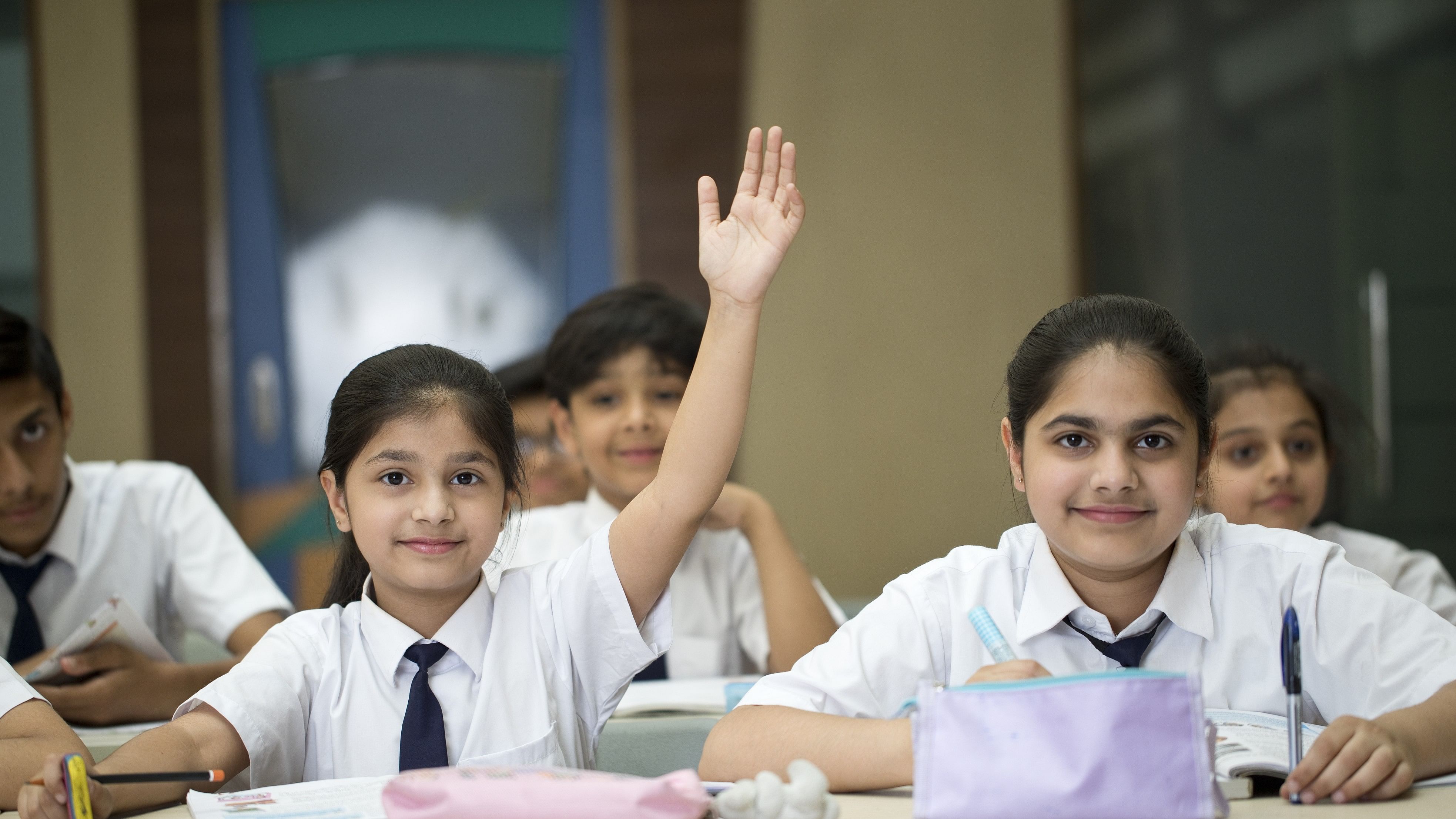
Representative image of a classroom.
Credit: iStock
In today’s VUCA (Volatility, Uncertainty, Complexity, Ambiguity) world, conflict has become unavoidable, particularly in pluralistic societies where differing opinions and ideologies often clash. Conflicts, among others, commonly manifest on political, religious, economic, and moral fronts. If left unaddressed, they can hinder the progress and prosperity of nations.
Many of the problems we face today, such as greed, hostility, misunderstanding, disinformation, and a lack of respect for others, are rooted in these conflicts. This highlights the pressing need for peace education in educational institutions.
Peace education centres on instilling values of understanding and appreciating diversity. As we commemorate International Day of Peace on September 21, let us reflect on how we can establish a culture of peace through education in today’s conflict-riven world.
Mahatma Gandhi once remarked that efforts to achieve real peace must begin with children. Can peace education make a difference if integrated into our educational system? In many parts of the world, peace education has already gained momentum. Its primary goal is to help students achieve an in-depth understanding of the importance and relevance of peace.
Peace education doesn’t merely involve learning about conflicts and resolving them peacefully; it entails active individual and collective participation in eliminating violence and seeking long-term solutions.
Critical aspects of peace education include raising awareness about the consequences of war, violence, and social inequalities; promoting the knowledge, skills, attitudes, and values needed for students to contribute positively to their communities; and striving for social, economic, and political justice – what is referred to as ‘positive peace’ by Hick in his book Education for Peace: Issues, Dilemmas, and Alternatives.
Safe, secure, positive
Fostering peaceable classrooms in our institutions thus becomes a mandate. The term “peaceable classroom” was first coined by William Kreidler, a teacher and conflict expert who described it as a space characterised by affirmation, cooperation, effective communication, appreciation for diversity, and peaceful conflict resolution.
In such an environment, students feel safe and secure, know their responsibilities, and understand the consequences of their words and actions. It fosters a positive atmosphere devoid of fear, ridicule, marginalization, or hurt feelings.
Mandatory classroom discussions encompass local, regional, and global topics involving personal, interpersonal, and societal perspectives. Building tolerance, appreciating diverse perspectives, challenging prejudice and bias, upholding human dignity, promoting non-violence, advocating resource-sharing, developing inner peace, and resolving conflicts are just a few in the repertoire of such topics.
Classroom activities that encourage trust, empathy, self-esteem, and cooperation are integrated into the curriculum. Employment of cooperative exercises against competitive assignments is beneficial as peace education empowers young students to become agents of peace and non-violence.
Teachers are pivotal in the realm of peace education. The onus is to create a supportive classroom environment that enables students to practise what they have learned.
Teachers must be equipped to discern whether students have imbibed the spirit of peace education and if it is reflected in their behaviour. The widening gap between theory and practice must be bridged to realise the goals of peace education.
Teachers must enhance their knowledge and skills to administer peace education to achieve this effectively. They must recognise their responsibility in effecting positive change in the world and assume the role of responsible global citizens.
Peace teachers are lifelong learners, sensitive to the evolving world, and conscious of prejudices. They are critical yet constructive, eternal inquirers, reflective learners, and effective communicators.
By embracing peace education and creating peaceable classrooms, we can foster a generation of individuals equipped to resolve conflicts peacefully and committed to promoting peace, tolerance, and understanding in an increasingly diverse and interconnected world.
((The author is the dean, the School of Arts and Humanities, Christ (Deemed-to-be) University, Bengaluru)